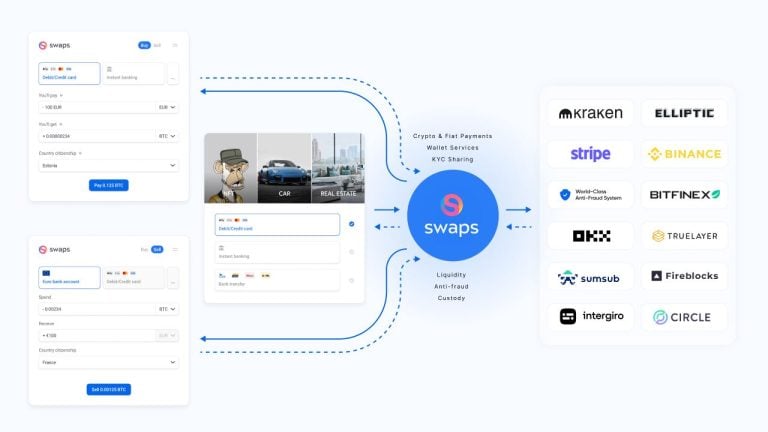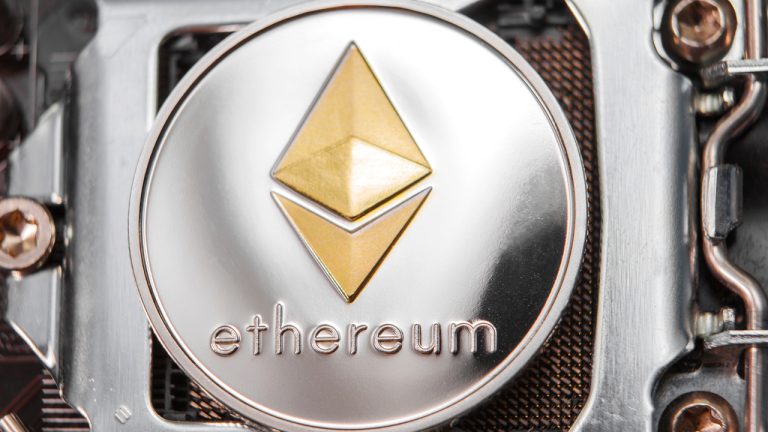
Decentralized exchange Sushi will test native Bitcoin DeFi functionality that promises to allow users to swap BTC across 30 blockchain networks.
DeFi platform Sushi has partnered with interoperability platform ZetaChain to explore the possibility of native Bitcoin swaps for its users across 30 different blockchain networks.
Sushi’s deployment of its decentralized exchange (DEX) on ZetaChain is touted to enable trading of BTC without wrapping across several blockchains in what the team describes as a “native, decentralized and permissionless manner”.
The integration is set to include Sushi’s v2 and v3 automated market makers and Sushi’s cross-chain swap SushiXSwap.
ZetaChain core contributor Ankur Nandwani tells Cointelegraph that the partnership can bring Bitcoin’s vast user base to the DeFi sector in a native manner. He also countered arguments that suggest that bridging BTC without wrapping the assets on another chain is not possible.
“There have already been early examples like THORChain who are trading Bitcoin natively with other chain assets. Other approaches like Bitcoin side chains also offer a flavor,” Nandwani said.
He adds that ZetaChain’s approach effectively allows anyone to build Bitcoin-interoperable decentralized applications (DApps) that can settle contracts and transactions natively.
“Of course, there are trust assumptions — namely trusting the decentralization of the network that is doing this cross-chain transaction.”
ZetaChain has reportedly proven the technology at a testnet level and will look to prove the utility when it launches its mainnet through partnerships with SushiSwap and other DeFi protocols.
Sushi head chef Jared Grey hailed the integration as a significant advancement for DeFi and described the capability to swap Bitcoin natively as a “game-changer” for the industry.
“It’s not only about the increased liquidity from Bitcoin; it’s about beginning a new chapter in DeFi, where we see more practical use cases of interoperability and enhanced connectivity.”
Sushi’s integration with ZetaChain is set to take place in two phases. The first will see Sushi introduce a DEX on ZetaChain’s testnet to support basic asset swaps and liquidity provision. This phase is also set to include beta testing and incentives for application testing.
Sushi will become one of ZetaChain’s launch partners when it deploys its mainnet. The launch is expected to be followed by full functionality for Bitcoin interoperability. Nandwani outlined the technical details behind the functionality that allows for native BTC cross-chain swaps.
A cross-chain swap contract is deployed on ZetaChain’s EVM (Ethereum Virtual Machine). The contract is omnichain, which means that while it’s deployed on ZetaChain, it can be called, and the value can be passed to it from any connected chain, including Bitcoin.
Calling a cross-chain swap contract involves a user sending a regular native token transfer transaction on Bitcoin with a special memo to a TSS address. The memo contains the omnichain contract address on ZetaChain and a value that is passed to the contract. For a cross-chain swap, the value would be the destination token, for example, ETH or USDC on Ethereum, as well as the recipient address on the destination chain.
Related: Bitcoin could become the foundation of DeFi with more single-sided liquidity pools
The TSS address is an address that is owned by ZetaChain signer validators. BTC transferred to the TSS address is locked and validators observe this transfer and cast a vote about this event on ZetaChain. If enough votes are cast, the event is considered observed and an inbound cross-chain transaction (CCTX, from Bitcoin to ZetaChain) is created.
Once a CCTX is processed, a ZetaChain ominchain contract is called and the amount of BTC transferred to the TSS address is minted as ZRC-20 BTC. During the cross-chain swap contract execution, a ZRC-20 BTC is swapped for ZRC-20 of another token, for example, ZRC-20 ETH.
ZRC-20 ETH is then finally withdrawn to the destination chain. During the withdrawal process ZRC-20 ETH is burned and an outbound CCTX is created from ZetaChain to Ethereum. Observer validators vote on this CCTX on ZetaChain. Once the outbound CCTX is processed, native ETH is transferred from the TSS address on Ethereum to the recipient on Ethereum.
Nandwani provides this example to outline how native BTC is swapped for native ETH in a decentralized manner facilitated by ZetaChain’s network validators across connected chains.
Magazine: Recursive inscriptions: Bitcoin ‘supercomputer’ and BTC DeFi coming soon









